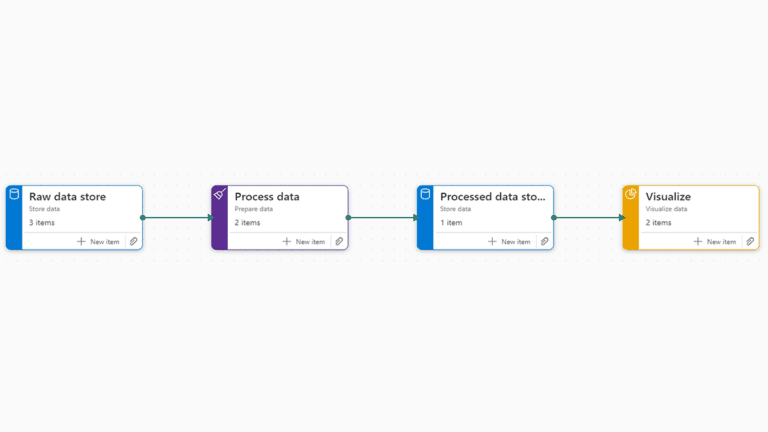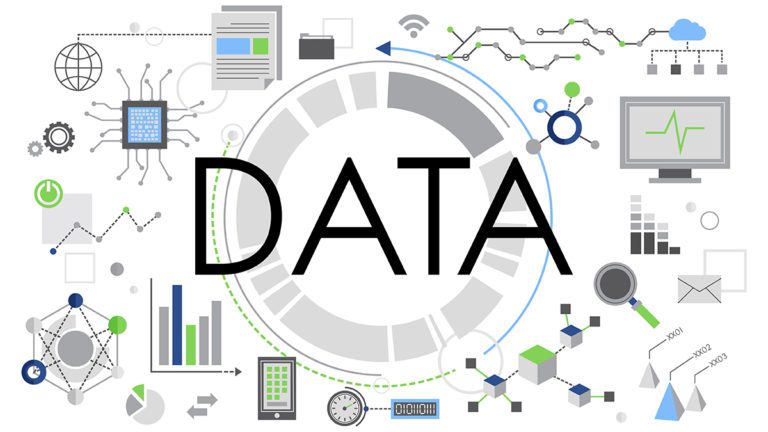In the rapidly evolving landscape of data management, organizations are continually seeking innovative solutions to harness the vast amounts of data generated daily. One of the most promising advancements in this arena is data fabric technology. As businesses increasingly prioritize data-driven decision-making, the need for a cohesive, agile, and scalable data management solution has never been more critical. Data fabric technology emerges as a sophisticated answer to these needs, offering a comprehensive approach to data integration, management, and utilization.
Understanding Data Fabric Technology
At its core, data fabric is an architectural approach designed to streamline data management across various platforms, environments, and modalities. It creates a unified and intelligent data layer that spans the entirety of an organization’s data landscape. This includes on-premises data centers, cloud environments, and edge devices. By leveraging advanced technologies such as artificial intelligence (AI), machine learning (ML), and automation, data fabric facilitates seamless data integration, access, and sharing across disparate sources.
The Components and Architecture of Data Fabric
A data fabric architecture is composed of several key components that work in tandem to ensure the efficient handling of data. These components include:
- Data Integration and Ingestion: Data fabric technology excels in integrating data from multiple sources, whether structured, semi-structured, or unstructured. It employs robust ingestion mechanisms to gather data from various endpoints, ensuring a consistent and holistic view of the organization’s data.
- Metadata Management: Effective data management hinges on robust metadata management. Data fabric utilizes metadata to provide context, enhance data discovery, and improve data governance. This enables organizations to understand data lineage, maintain data quality, and ensure compliance with regulatory requirements.
- Data Orchestration and Automation: Automation is a critical feature of data fabric, enabling the orchestration of data workflows and processes. By automating routine tasks such as data cleansing, transformation, and enrichment, data fabric reduces manual intervention and accelerates data processing.
- AI and ML Integration: The incorporation of AI and ML algorithms within data fabric technology enhances data analysis and insights. These technologies enable predictive analytics, anomaly detection, and real-time data processing, empowering organizations to make informed decisions swiftly.
- Security and Compliance: Ensuring data security and compliance is paramount. Data fabric provides robust security frameworks, including encryption, access controls, and monitoring, to safeguard sensitive information and meet regulatory standards.
The Benefits of Data Fabric Technology
The adoption of data fabric technology offers numerous advantages, positioning it as a pivotal tool for modern data management:
- Enhanced Agility: Data fabric allows organizations to rapidly adapt to changing data environments and business needs. Its flexible architecture supports the integration of new data sources and technologies without significant reconfiguration.
- Improved Data Accessibility: By creating a unified data layer, data fabric ensures that data is easily accessible to stakeholders across the organization. This promotes a data-driven culture, where insights are readily available to inform strategic decisions.
- Scalability: As data volumes continue to grow exponentially, scalability is a critical concern. Data fabric’s architecture is designed to scale effortlessly, accommodating increasing data loads and expanding data ecosystems.
- Cost Efficiency: By automating data management processes and reducing the need for manual intervention, data fabric lowers operational costs. Additionally, its ability to integrate with existing infrastructure minimizes the need for costly overhauls.
- Enhanced Data Governance and Compliance: With robust metadata management and security features, data fabric ensures that data governance and compliance requirements are met. This reduces the risk of data breaches and regulatory penalties.
Use Cases and Industry Applications
Data fabric technology is versatile and applicable across various industries. In healthcare, for instance, it enables the integration of patient data from multiple sources, facilitating better patient care and operational efficiency. In the financial sector, data fabric supports real-time risk analysis and fraud detection by integrating diverse data streams. Manufacturing industries benefit from improved supply chain management and predictive maintenance through seamless data integration and analytics.
Future Trends and Developments
As data fabric technology continues to evolve, several trends are shaping its future trajectory. The integration of more advanced AI and ML capabilities will further enhance its predictive and prescriptive analytics functions. Additionally, the growth of edge computing will see data fabric extending its reach to the edge, enabling real-time data processing and decision-making closer to data sources. The increasing emphasis on data privacy and security will drive advancements in encryption and access control mechanisms within data fabric solutions.
In conclusion, data fabric technology represents a significant leap forward in the realm of data management. Its ability to integrate, manage, and utilize data across diverse environments positions it as an indispensable tool for organizations striving to remain competitive in a data-driven world. By embracing data fabric technology, businesses can achieve greater agility, accessibility, and scalability in their data operations, ultimately driving innovation and growth. As this technology continues to mature, its impact on the landscape of data management will undoubtedly be profound and far-reaching.



